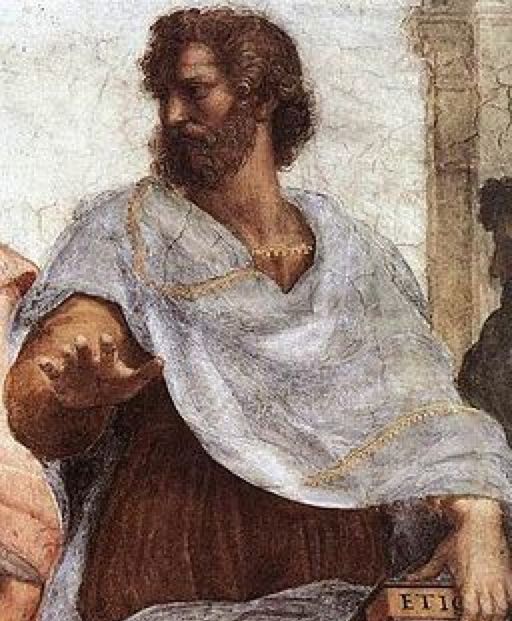Tag: Teach Like a Champion
-

The Search for Great Teaching: A Comparison of Teach Like a Champion 3.0 and Christopher Perrin’s Pedogogical Principles
One interesting addition to Doug Lemov’s Teach Like a Champion series in his third edition (Teach Like a Champion 3.0) is his notion of a mental model. He introduces the idea like this: “In a typical lesson you decide, often quickly. Then you decide, decide, and decide again. You are a batter facing a hundred…
-

The Great Cause of Teaching
In Aristotle’s writings, the philosopher famously articulates four causes, or explanations, for why a thing exists: Together these causes serve as the foundation for whatever knowledge we can know about anything that exists. In this article, I will explore the final cause, or purpose, of teaching. It practically goes without saying that there is great…
-

Building Culture: The Architecture of a Successful Classroom
Previously I explored how we can create culture in our classrooms to foster growth in habits through the installation of rich values that inspire students to reach for personal excellence. Since then, I have had many opportunities to further my thinking and interact with even more perspectives to equip teachers to lead their students towards…
-

The Drive to Learn: Three Views on the Desire for Knowledge
What is the purpose of knowledge? What is its draw? What drives us to learn and pursue knowledge about God, the world, and ourselves? Most educators agree that pursuing knowledge is a primary goal of education. But views diverge soon after, specifically when questions about the purpose of knowledge emerge as well as what fields…
-

Growth in the Craft: Fresh Techniques for Your Teaching Tool Belt
The sole true end of education is to teach men how to learn for themselves; and whatever instruction fails to do this is effort spent in vain. Dorothy Sayers, “The Lost Tools of Learning” As educators, we get excited when classrooms come alive: Hands shoot up. Eyes brighten. And body language across the room broadcasts that…
-

Apprenticeship in the Arts, Part 3: Crafting Lessons in Artistry
In the previous two articles in this series exploring Aristotle’s intellectual virtues, I laid out a fivefold division of the arts and a teaching method for training in artistry. My guiding hypothesis is that rethinking education through the Aristotelian paradigm of intellectual virtues will combat some of the typical problems of modern education. Bloom’s Taxonomy…
-

Educating for Humility: Promoting a Classroom Culture of Excellence in Service to Others
Of the many ills that plague modern society, perhaps one of the most insidious is the wedge we have driven between character and excellence, or ethics and achievement. Contemporary examples abound of “successful” men and women who have earned impressive accolades despite deep recesses in character, and occasionally, because of those recesses. As a result,…
-

Work, Toil, and the Quest for Academic Rigor
American educational culture is obsessed with the idea of academic rigor. It shows up on marketing materials, core value statements, and school comparison charts. Rigor has become the gold standard of education, separating the wheat from the chaff and the excellent from the mediocre. Public schools, private schools, classical schools, progressive schools–they all claim academic…
-

“Teach Like a Champion” for the Classical Classroom, Part 3: Check for Understanding
It’s happened to every teacher I’ve ever met. You put together a great lesson, one that you are sure will engage the attention of your students and draw them in to explore some new concept or idea. After teaching the lesson and providing opportunities for students to engage, you confidently pass out the exit slip,…
-

“Teach Like a Champion” for the Classical Classroom, Part 2: Teacher-Driven Professional Development
There are two general approaches to professional development in education, one that is supervisor-driven and the other that is teacher-driven. In the supervisor-driven approach, the principal or dean is the primary driver for teacher development. The principal sets the goals, schedules observations, provides feedback, and identifies future growth areas. The strength of this approach is…
